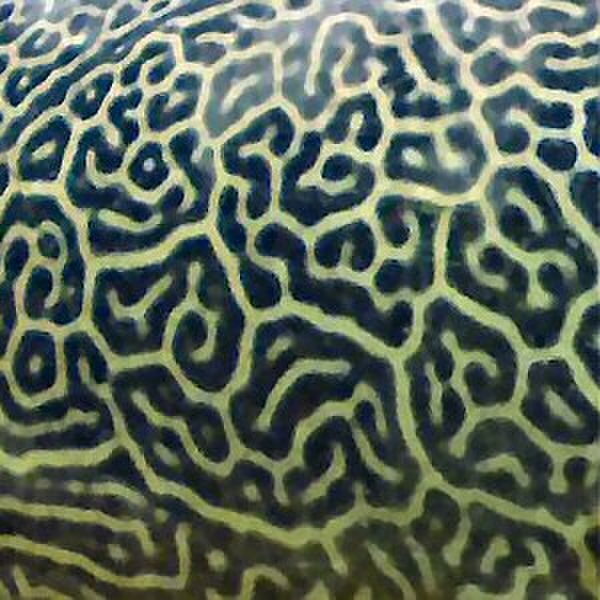In evolutionary developmental biology, homeosis is the transformation of one organ into another, arising from mutation in or misexpression of certain developmentally critical genes, specifically homeotic genes. In animals, these developmental genes specifically control the development of organs on their anteroposterior axis. In plants, however, the developmental genes affected by homeosis may control anything from the development of a stamen or petals to the development of chlorophyll. Homeosis may be caused by mutations in Hox genes, found in animals, or others such as the MADS-box family in plants. Homeosis is a characteristic that has helped insects become as successful and diverse as they are.
Antennapedia mutation
Evolutionary developmental biology
Evolutionary developmental biology is a field of biological research that compares the developmental processes of different organisms to infer how developmental processes evolved.
Homologous hox genes in such different animals as insects and vertebrates control embryonic development and hence the form of adult bodies. These genes have been highly conserved through hundreds of millions of years of evolution.
Turing's 1952 paper explained mathematically how patterns such as stripes and spots, as in the giant pufferfish, may arise, without molecular evidence.
A gene regulatory network
Heliconius erato




